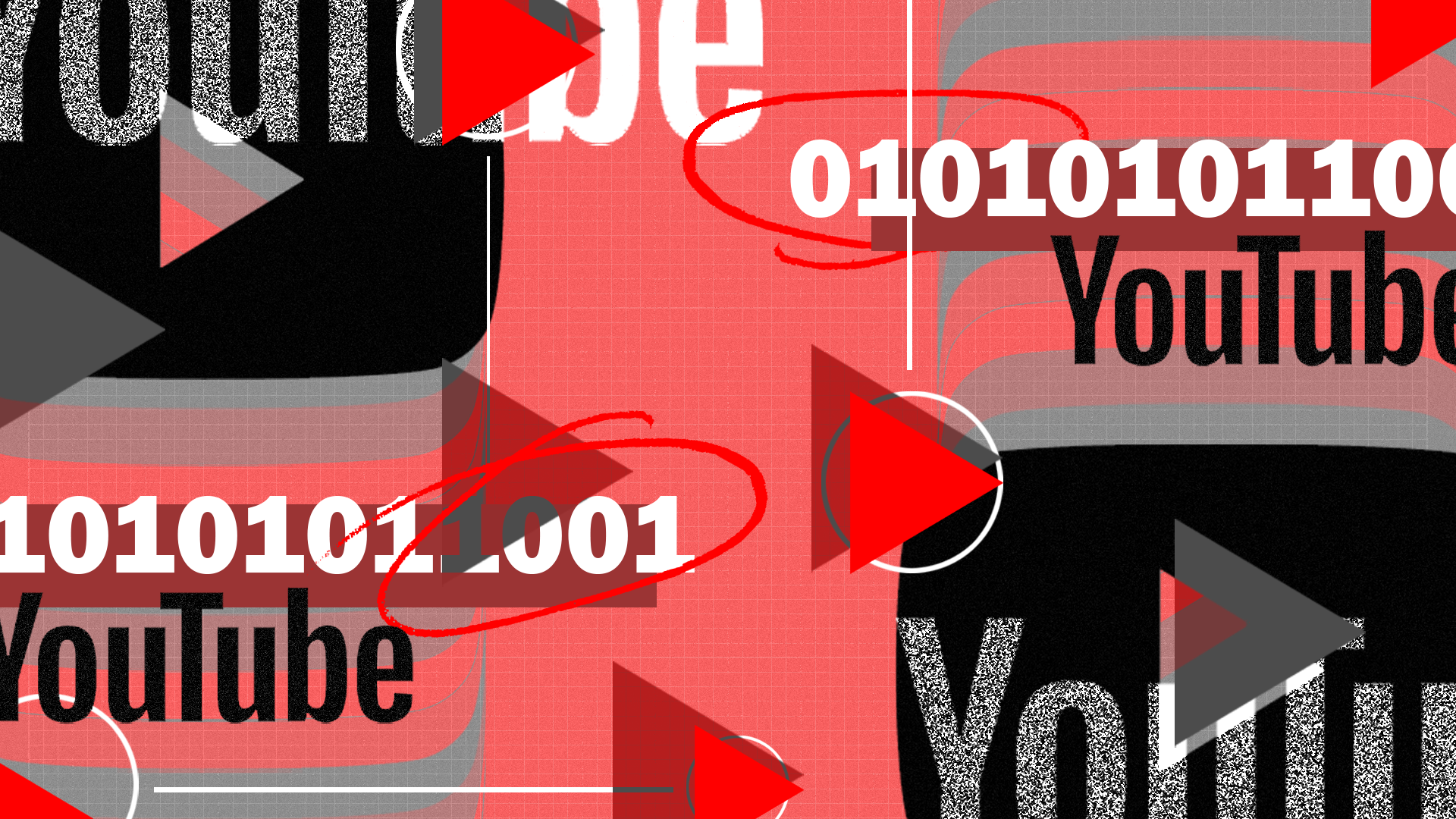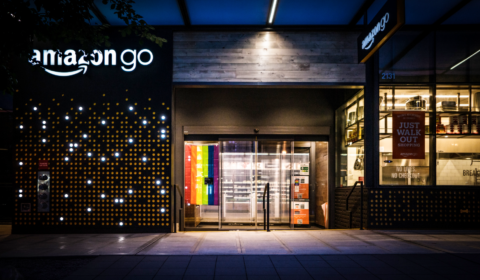It seems the days of dancing foxes, Gangnam Style, and other viral content are over. New studies suggest that Gen Z prefer to see specific, tailored content for them, rather than popular videos intended for all audiences.
If you’re an older Gen Zer like myself, you may remember a time when viral content was everywhere.
Whether it was dancing foxes, novelty songs, talking unicorns, or anything in between, widespread, short-form content that had mass appeal was a key cornerstone of internet culture.
A glance back at some of YouTube’s most popular ‘Rewind’ episodes reflects this age of random quirky content, where creators would dance to bizarre EDM tracks before TikTok was the go-to.
Now, YouTube is reporting that the golden age of viral content may be over.
A new Culture and Trends Report by the company has found that its younger audience, Gen Z, are primarily concerned with ‘personally relevant content’ that is tailored specifically to their individual interests and needs.
65% of 18 to 24-year-olds who are online said that they cared more about niche content designed for them rather than viral, mass market videos.
YouTube said that these popular videos are ‘becoming increasingly less central to trends in a world where audiences and creators prioritize moments that matter to them’.
The report also broke down trends into three types of creativity, including ‘community’, ‘multi-format’, and ‘responsive’. While all three are distinct, they all focus on niche audiences, communities, and individual creators as opposed to widespread crazes, and have more emphasise on short-form content.
YouTube wrote that it conducted surveys in ‘more than ten countries and analysed hundreds of trends to find what cuts through in pop culture today’.
We’ve seen some of these audience behaviours on platforms outside of just YouTube. The most obvious one is TikTok, where short-form content is king. The app’s algorithm is so specific that each person’s experience with its feed will be unique.
This design is driving an appetite for niche, specific content, and explains some of its wild popularity. YouTube has tried to replicate this design with its ‘shorts’ feature, which saw significant success in 2021.




















